
Credit Card Minimum Due: What Every Credit Card Holder Should Know
06 Nov 2024

Table of Content
-
Introduction
-
What is a Minimum Due on a Credit Card?
-
Why Do Credit Cards Have Minimum Dues?
-
How is the Minimum Due Calculated?
-
Understanding the Impact of Paying Only the Minimum Due
-
Tips for Managing Your Credit Card Payments
-
Alternatives to Paying Only the Minimum Due
-
The Importance of Keeping Track of Your Credit Card Balance
-
Conclusion: Is Paying the Minimum Due Enough?
Introduction
Navigating the world of credit cards can feel overwhelming, especially with terms like "minimum due." Whether you’re a seasoned cardholder or new to credit, understanding what the minimum due means is essential for your financial health. In this blog, we’ll explore what the minimum due is, why it exists, and how it impacts your finances. By the end, you'll be equipped with valuable insights to manage your credit card payments wisely.
What is a Minimum Due on a Credit Card?
The minimum due on a credit card is the smallest amount you must pay by the due date to keep your account in good standing. Failing to pay at least this amount can lead to late fees and damage your credit score. Typically, the minimum due is around 5% of your total outstanding balance, plus any interest charges and applicable fees.
For example, if your total outstanding balance is ₹20,000, your minimum due might be around ₹1,000. While this amount may seem manageable, it’s essential to recognize that paying only the minimum does not eliminate your debt; it merely postpones it.
Why Do Credit Cards Have Minimum Dues?
Minimum dues serve a practical purpose by providing flexibility for cardholders who may be facing temporary financial difficulties. Imagine encountering unexpected expenses like medical bills or car repairs. The minimum due allows you to avoid immediate penalties, giving you some breathing room.
However, relying too heavily on this feature can lead to long-term financial challenges. While it can be a lifesaver in the short term, it can create a cycle of debt if not managed wisely.
How is the Minimum Due Calculated?
Understanding how your minimum due is calculated can empower you to make informed financial decisions. Here are the components that typically contribute to your minimum due:
- Percentage of Outstanding Balance: This is usually around 5% of your total outstanding balance. For instance, if you owe ₹50,000, your minimum due would be ₹2,500.
- Interest and Fees: If you carried a balance from the previous month, the interest accrued is added to your minimum due. This can significantly increase the amount you owe.
- EMI Instalments: If you've converted any purchases into Equated Monthly Instalments (EMIs), that amount will be included in your minimum due.
- Past Dues: If you missed payments in previous months, those overdue amounts will roll over into your current minimum due.
Understanding the Impact of Paying Only the Minimum Due
While paying the minimum due can help you avoid late fees, it's essential to recognize the potential pitfalls:
- Interest Accumulation: The outstanding balance continues to accrue interest. For example, if you have a ₹20,000 balance at a 20% annual interest rate, paying only the minimum could lead to thousands in interest costs over time.
- Longer Repayment Period: Paying only the minimum means your debt will linger longer. What may start as a manageable amount can turn into a long-term financial burden, dragging on for months or even years.
- Lower Credit Score: Consistently utilizing a high percentage of your credit limit and making only minimum payments can adversely affect your credit utilization ratio. A high utilization ratio can lead to a lower credit score, making it harder to secure loans or new credit in the future.
Also Read: What is Minimum CIBIL Score Required for Credit Card?
Tips for Managing Your Credit Card Payments
To avoid falling into the trap of paying only the minimum due, consider these actionable tips:
- Pay More Than the Minimum: Whenever possible, aim to pay off more than just the minimum due. This will help reduce the overall interest you’ll owe and allow you to pay off your balance faster.
- Set Up Payment Reminders: Keep track of due dates by setting reminders on your phone or calendar to ensure you don’t miss a payment.
- Track Your Spending: Regularly monitor your credit card transactions. Keeping a close eye on your spending helps you stay within budget and prevents overspending.
- Consider Converting Large Purchases to EMI: If you've made significant purchases, consider converting them into EMIs to manage payments without accumulating too much interest.
- Avoid Maxing Out Your Credit Limit: Aim to keep your credit utilization below 30%. This helps maintain a healthy credit score and reduces the risk of falling into debt.
Alternatives to Paying Only the Minimum Due
If you find yourself unable to pay off your balance in full, consider these alternatives:
- Pay in Full: The best way to avoid interest and fees is to pay your entire credit card bill by the due date. This keeps your debt at bay and improves your credit score.
- Convert to EMI: If paying in full isn’t an option, converting your balance into EMIs can spread your payments over a manageable timeline, allowing you to pay off the debt without overwhelming your finances.
- Use Balance Transfer Offers: Some credit cards allow you to transfer balances to another card with a lower interest rate. This can provide the relief you need to pay off your debt more effectively.
The Importance of Keeping Track of Your Credit Card Balance
Keeping tabs on your credit card balance is crucial for effective financial management. Regularly checking your balance and spending patterns helps you stay on budget and avoid unwanted surprises at the end of the month. Many credit card issuers offer mobile apps or online platforms that make it easy to track your spending, set alerts, and schedule payments.
Also Read: Difference Between Secured and Unsecured Loans
Conclusion: Is Paying the Minimum Due Enough?
In summary, while paying only the minimum due on your credit card may seem convenient, it can lead to significant financial challenges down the line. Understanding the implications of this practice and striving to pay more than the minimum whenever possible is crucial.
By educating yourself about how minimum dues work and employing smart financial habits, you can manage your credit card effectively and avoid falling into a cycle of debt. Always remember that the goal is not just to keep your account in good standing but to maintain a healthy financial future.
For more insights and tips on managing your credit card and finances, visit Bank of Baroda.
Popular Articles
Tag Clouds
Related Articles
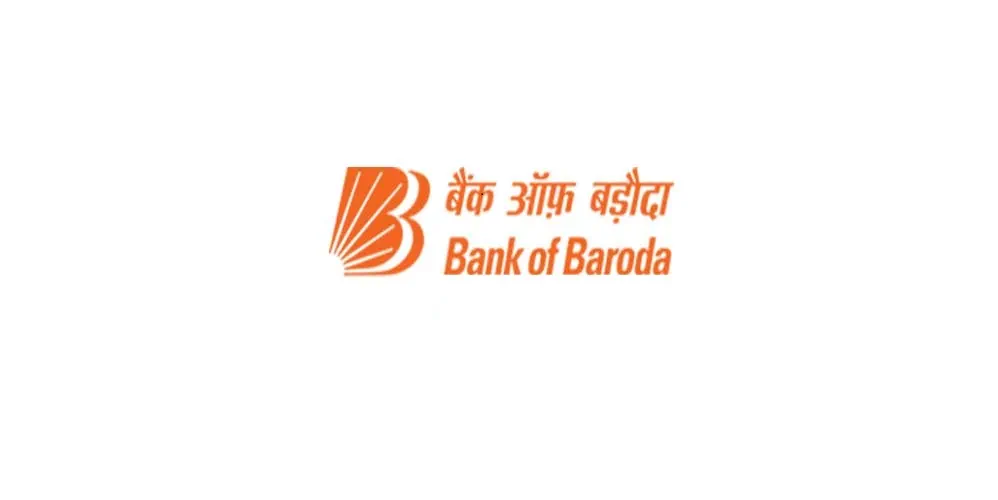



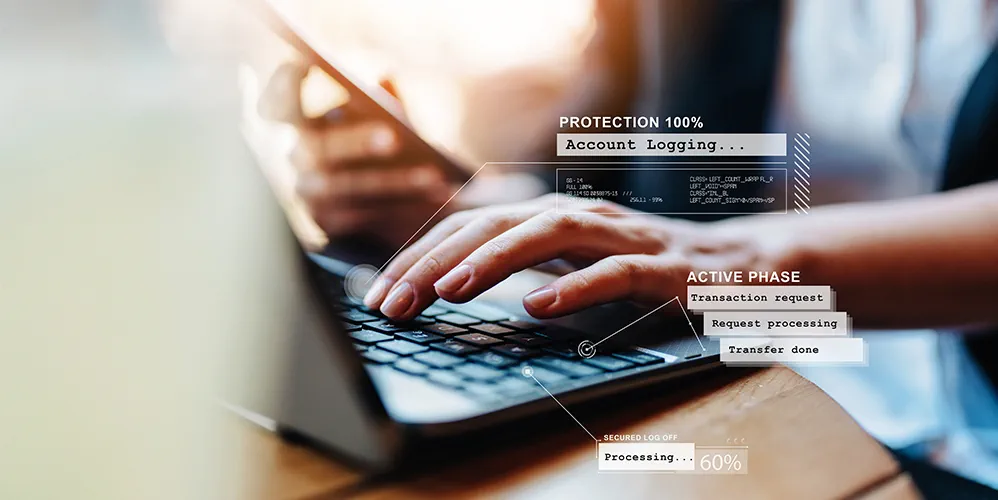
IMPS in Banking – Full Form, Features, Transaction Limit, Charges & how it works


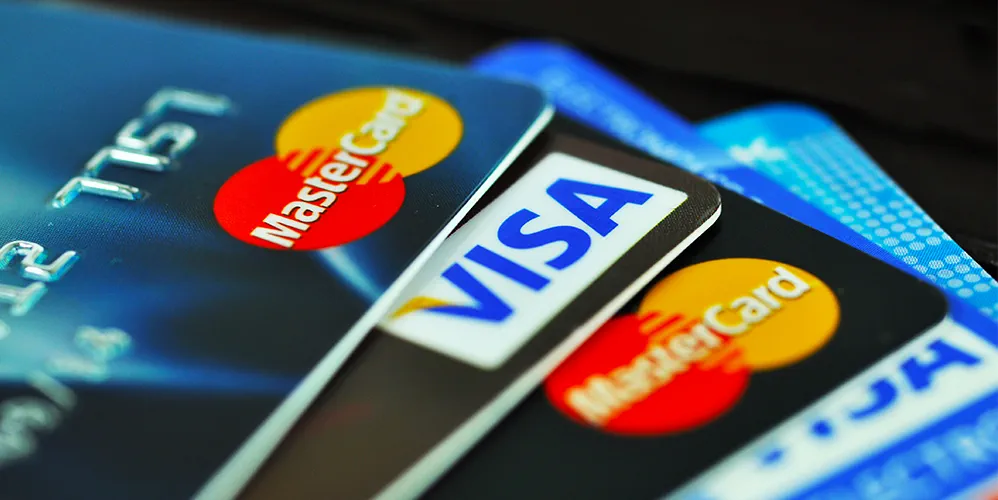
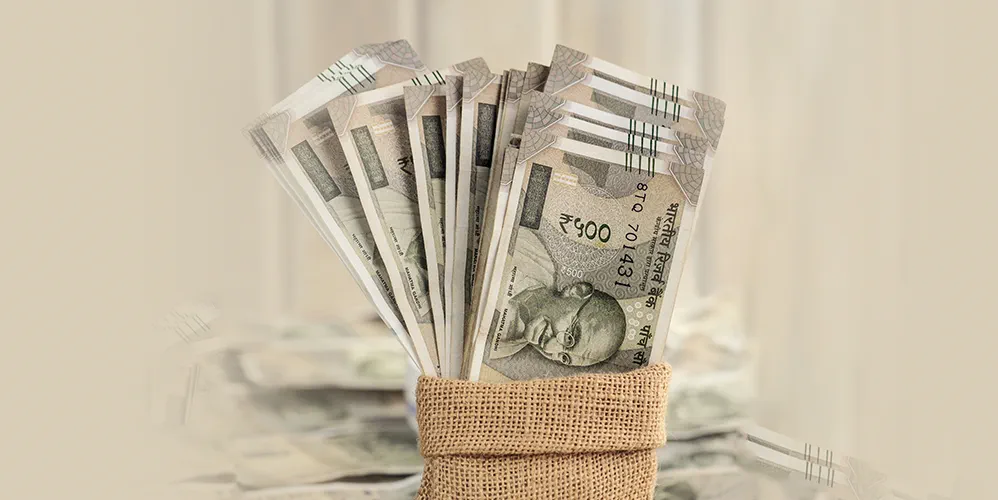
Unlocking Financial Efficiency: How Cash Management Services Transform Banking
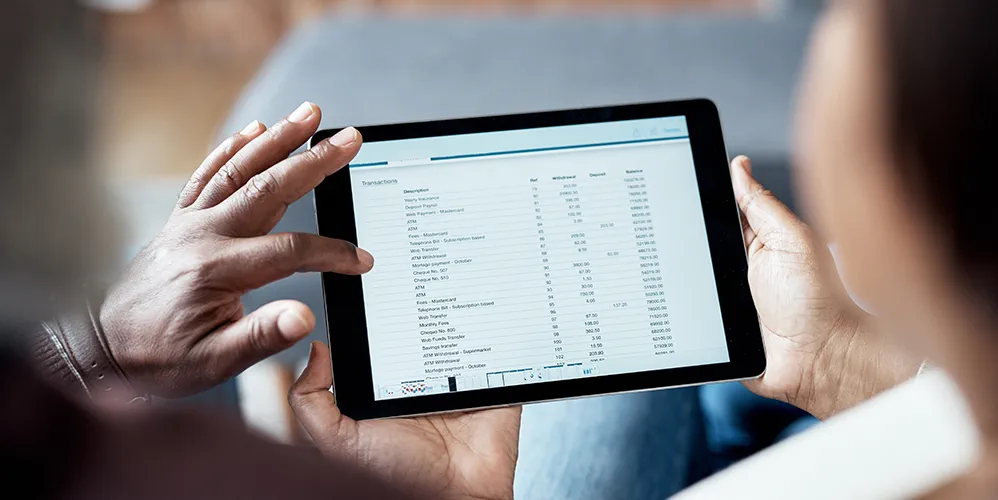
-
Disclaimer
The contents of this article/infographic/picture/video are meant solely for information purposes and do not necessarily reflect the views of Bank of Baroda. The contents are generic in nature and for informational purposes only. It is not a substitute for specific advice in your own circumstances. Bank of Baroda and/ or its Affiliates and its subsidiaries make no representation as to the accuracy; completeness or reliability of any information contained herein or otherwise provided and hereby disclaim any liability with regard to the same. The information is subject to updation, completion, revision, verification and amendment and the same may change materially. The information is not intended for distribution or use by any person in any jurisdiction where such distribution or use would be contrary to law or regulation or would subject Bank of Baroda or its affiliates to any licensing or registration requirements. Bank of Baroda shall not be responsible for any direct/indirect loss or liability incurred by the reader for taking any financial decisions based on the contents and information mentioned. Please consult your financial advisor before making any financial decision.
Ways to Check FASTag Balance
FASTag is an electronic toll collection system in India, implemented by the National Highway Authority of India (NHAI). It is designed to eliminate the need for stopping at toll plazas to pay toll fees, thereby reducing traffic congestion and enhancing the convenience of road users. FASTag uses Radio Frequency Identification (RFID) technology for making toll payments directly from the prepaid account linked to it.
IMPS in Banking – Full Form, Features, Transaction Limit, Charges & how it works
Banking services are constantly evolving making services like sending and receiving money online through the banking app or net banking common these days. Available seamlessly for customers round the clock particularly when it comes to money transfer, gone are the days of tokens and teller counters even when transferring high-value funds. No longer are you expected to fill out withdrawal and deposit slips and wait for your turn when your token number is flashed, thanks to Internet banking life has become so much smoother and easier. Not just transferring money but ordering food, groceries, and utility items from the app or internet banking, IMPS will initiate quick payment.

